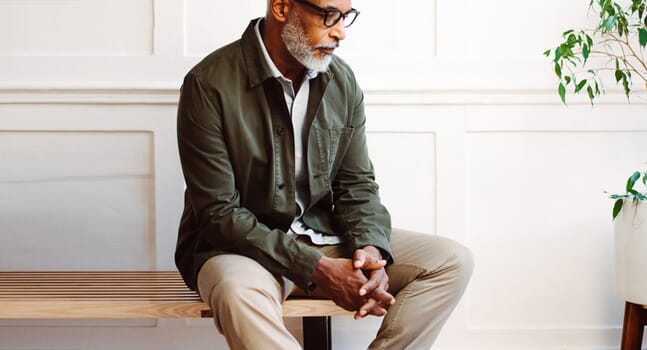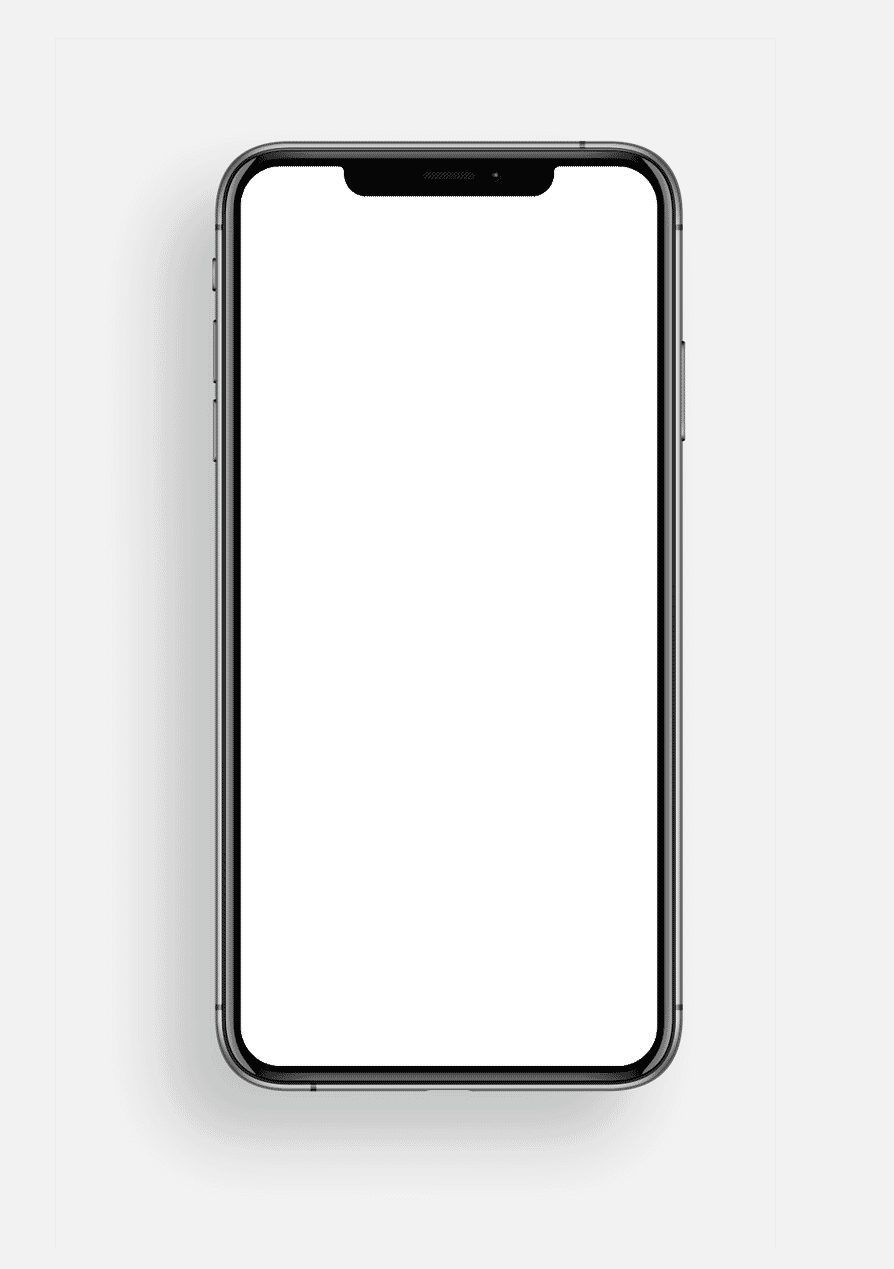Men's dress codes can feel like a cryptic set of rules designed to catch you out. There are so many of them, and, on first glance, there doesn't seem to be that much separating them. Cocktail attire? Black tie? White tie? It's a sartorial minefield. But here’s the truth: dress codes are more like helpful guidelines than hard-and-fast commandments. They're meant to steer you in the right direction and make things less stressful, not more. But that's only true if you understand them.
Think of each dress code as a template to strike the right balance for the occasion. Smart casual lets you keep things stylish but relaxed, while black tie is all about channelling your inner Bond villain. The key? Understanding what works for you, sticking to your personal style, and making tweaks where necessary to fit the brief.
This article unpacks the essential men’s dress codes – from business formal to white tie – so you can stop second-guessing yourself and start dressing with confidence. Because really, dressing well should be more fun than frightening.
We also have more detailed breakdowns of the most common dress codes for men, so follow the relevant links throughout the article for more information on the specifics.
Table of Contents
- Casual
- Smart casual
- Business casual
- Business formal
- Cocktail attire
- Lounge suits
- Semi-formal
- Black tie
- White tie
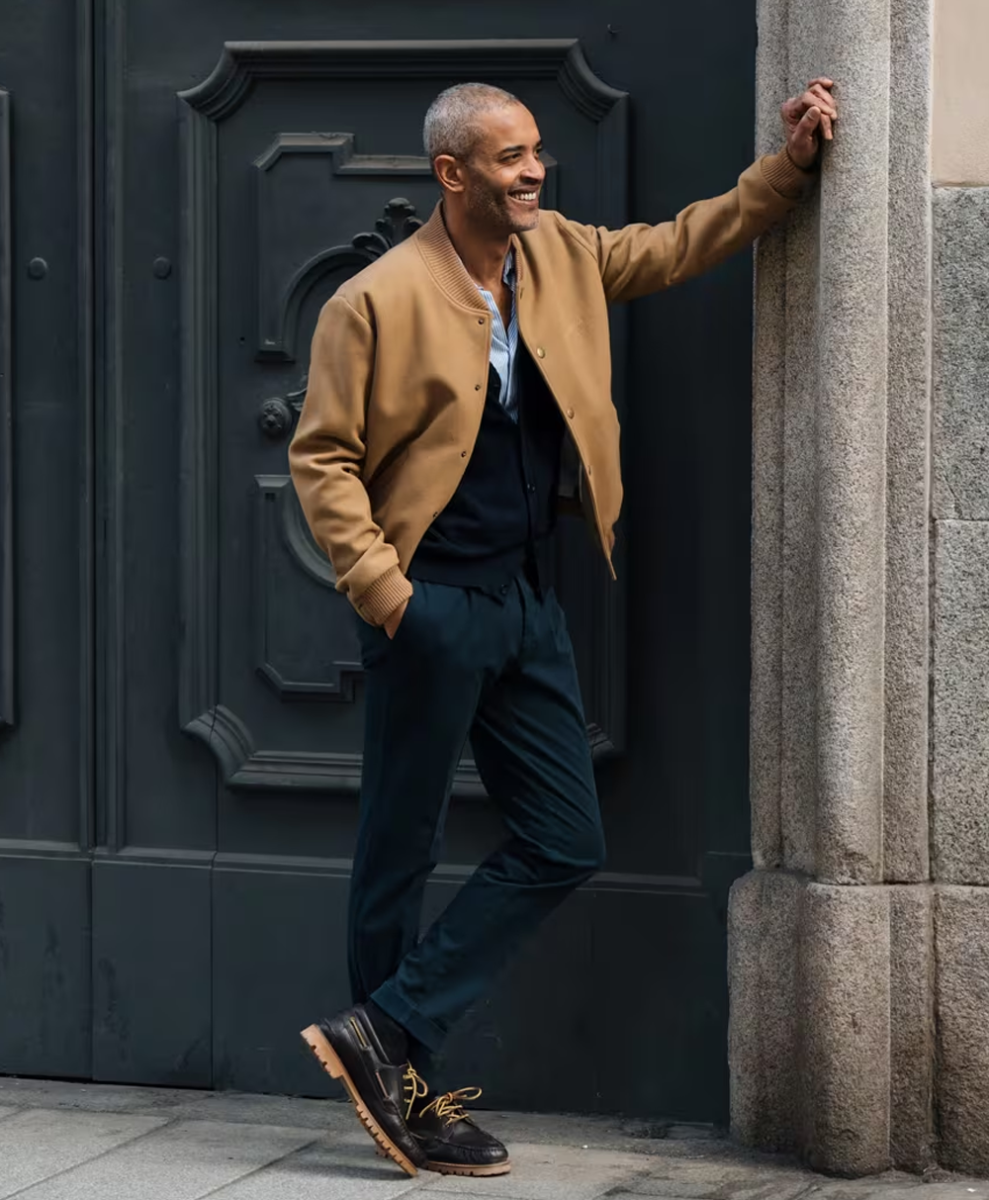
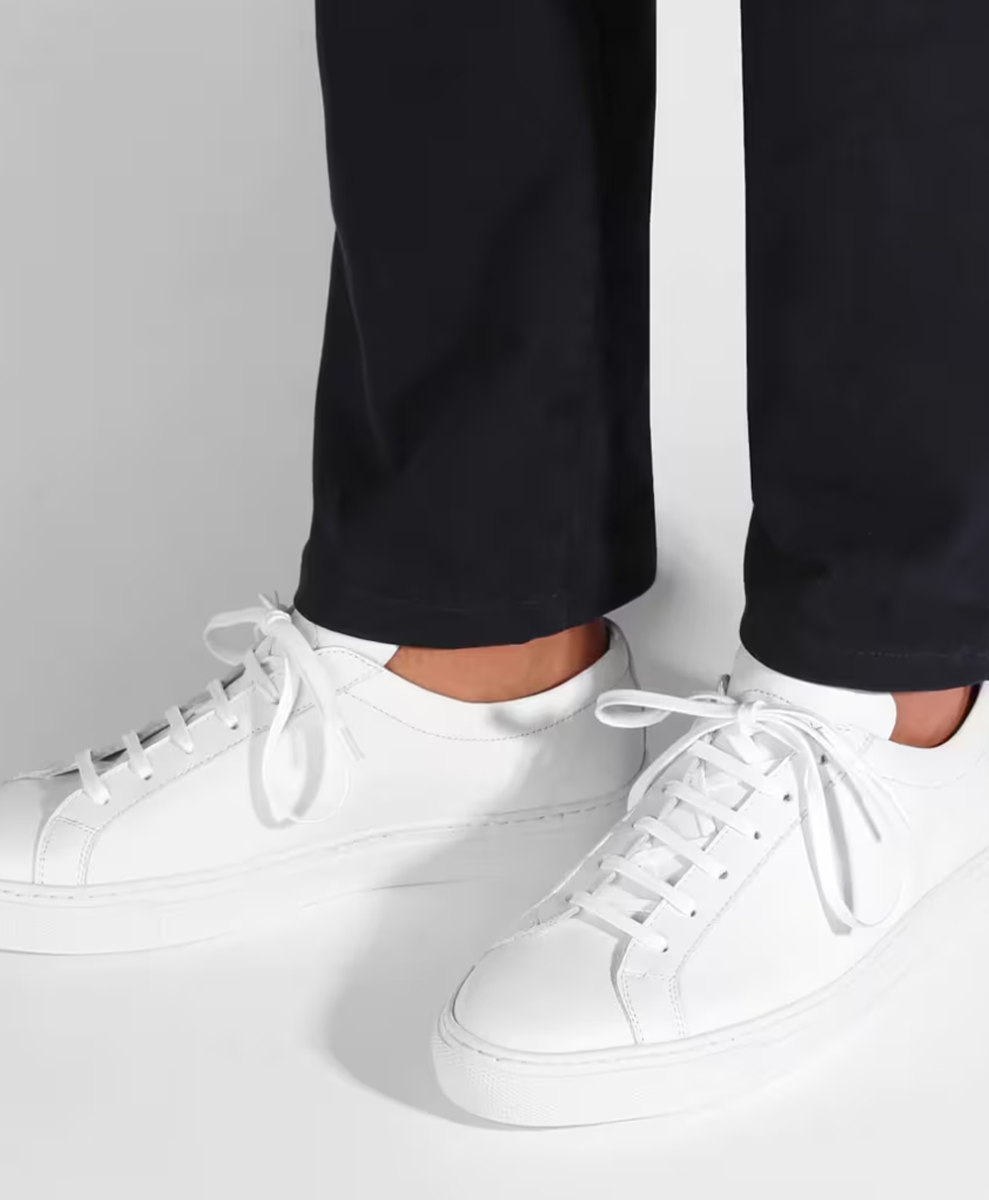
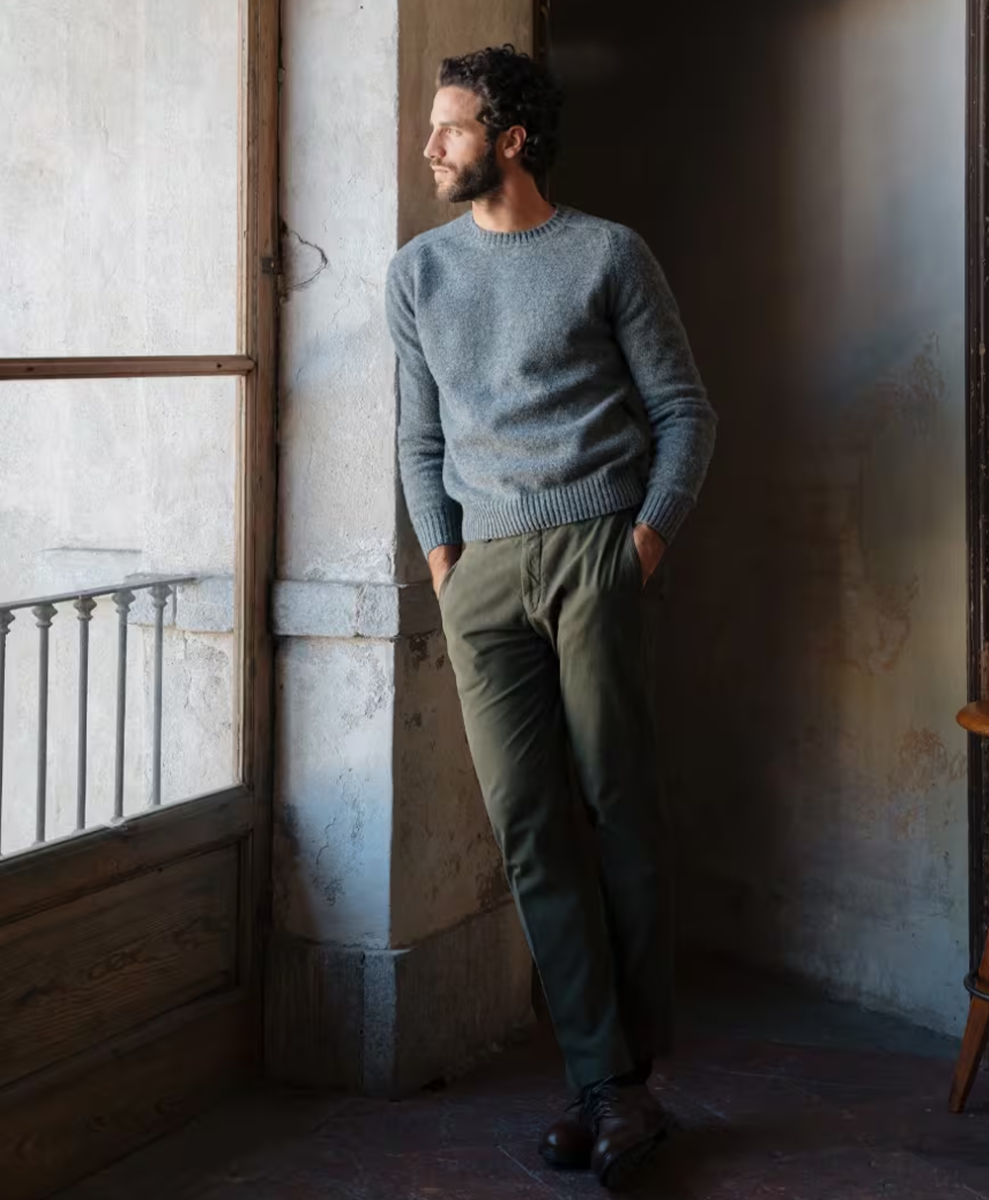
Casual
Casual dress is simply the stuff you wear on a day-to-day basis. If you see this one printed on an invitation, it definitely shouldn’t be cause for concern. Think jeans, T-shirts, Oxford button-ups, loafers, boots and even sneakers. In short, pretty much anything goes, but we’d still suggest avoiding sportswear if it’s some sort of special occasion.
In terms of tailoring, feel free to wear an unstructured blazer or a casual suit, but a full formal suit will probably leave you feeling overdressed and out of place.
– Keep it relaxed and laid-back overall
– Wear clothing your comfortable and confident in
– Don’t turn up in a full suit or you may feel overdressed
– Avoid sportswear
– Wear sneakers if you like, but make sure they’re not too garish or scruffy.

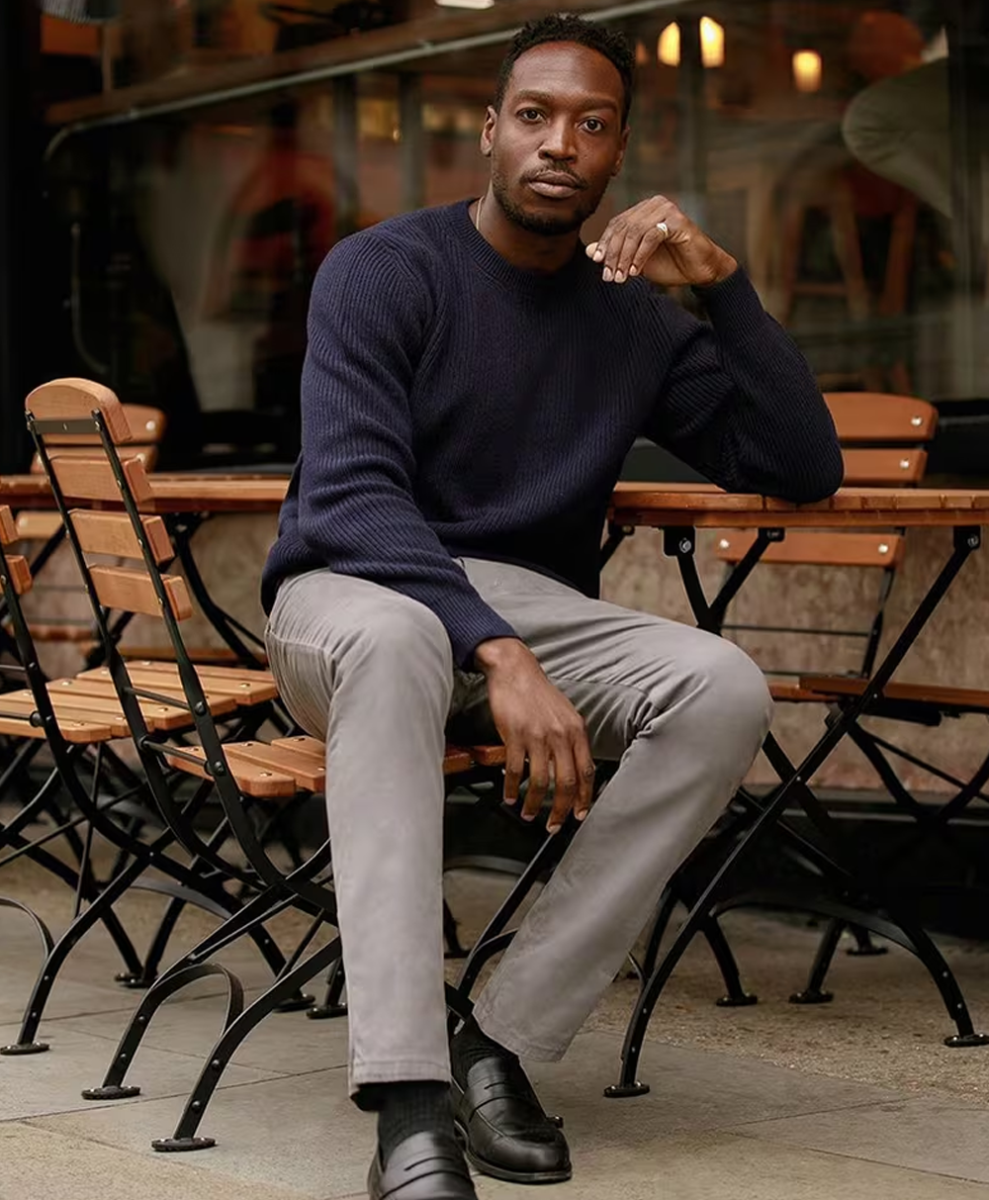
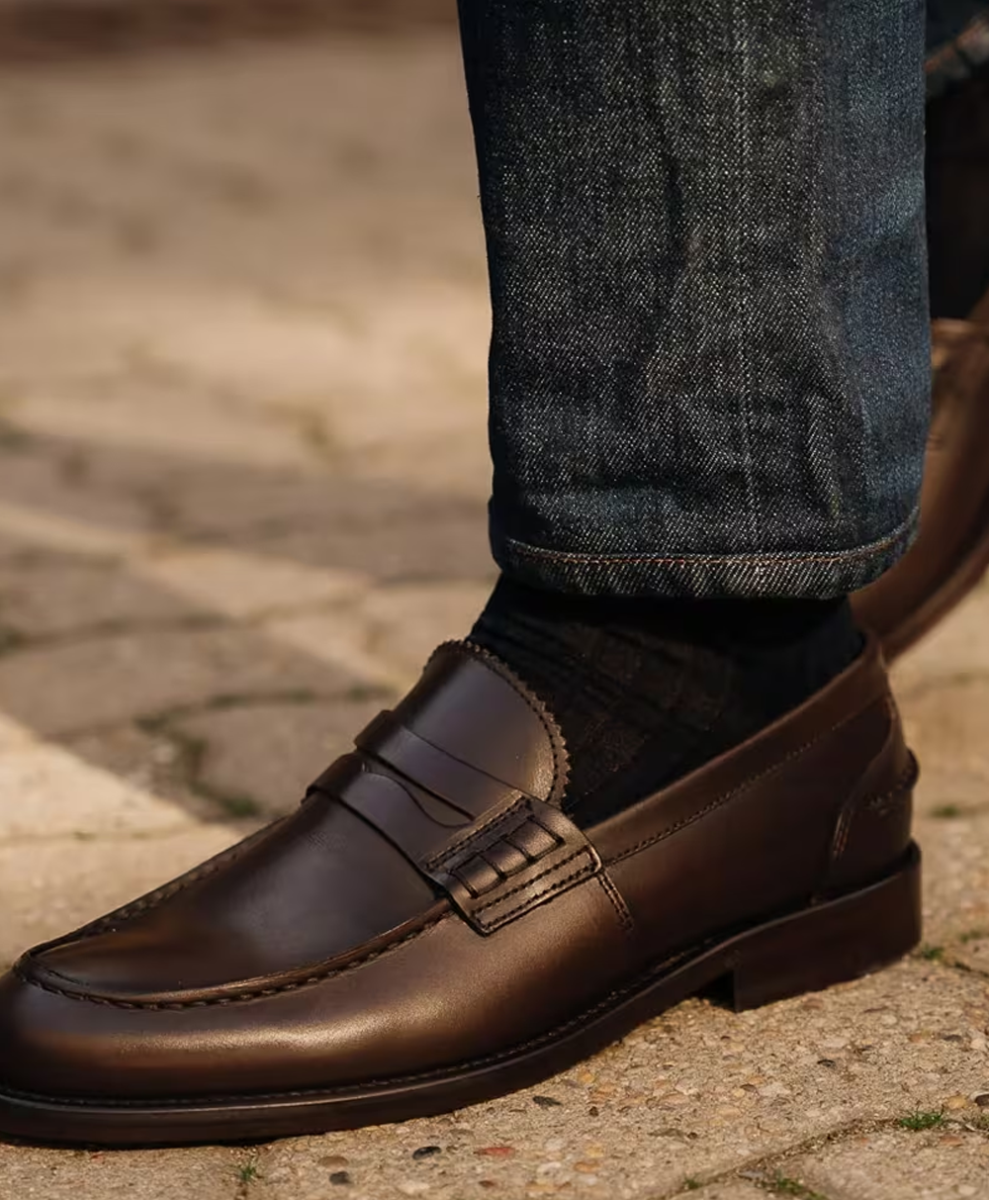
Smart casual
Smart casual is one of the most common men's dress codes. It's the delicate dance of looking put together while still being comfortable. Think chinos, button-up shirts, leather loafers, and maybe an unstructured blazer. It’s that sweet spot between your work uniform and your pint-down-the-pub attire. A classic polo or well-fitted crew neck sweater works wonders, and denim can squeeze in, as long as it’s dark and free from too much distressing.
You’re dressing to impress, but not so much that you can’t relax. Trainers? Acceptable, if they’re clean and minimal. T-shirts? Go for it, but only if they’re layered thoughtfully. Leave the hoodies and ripped jeans at home.
– Combine polished and relaxed pieces for a balanced look
– Chinos or trousers, and a smart shirt are your go-tos
– Sneakers can work, but only if they're subtle and spotless
– A blazer or quality knit adds a sharp touch
– Keep it smart, but don’t sacrifice comfort
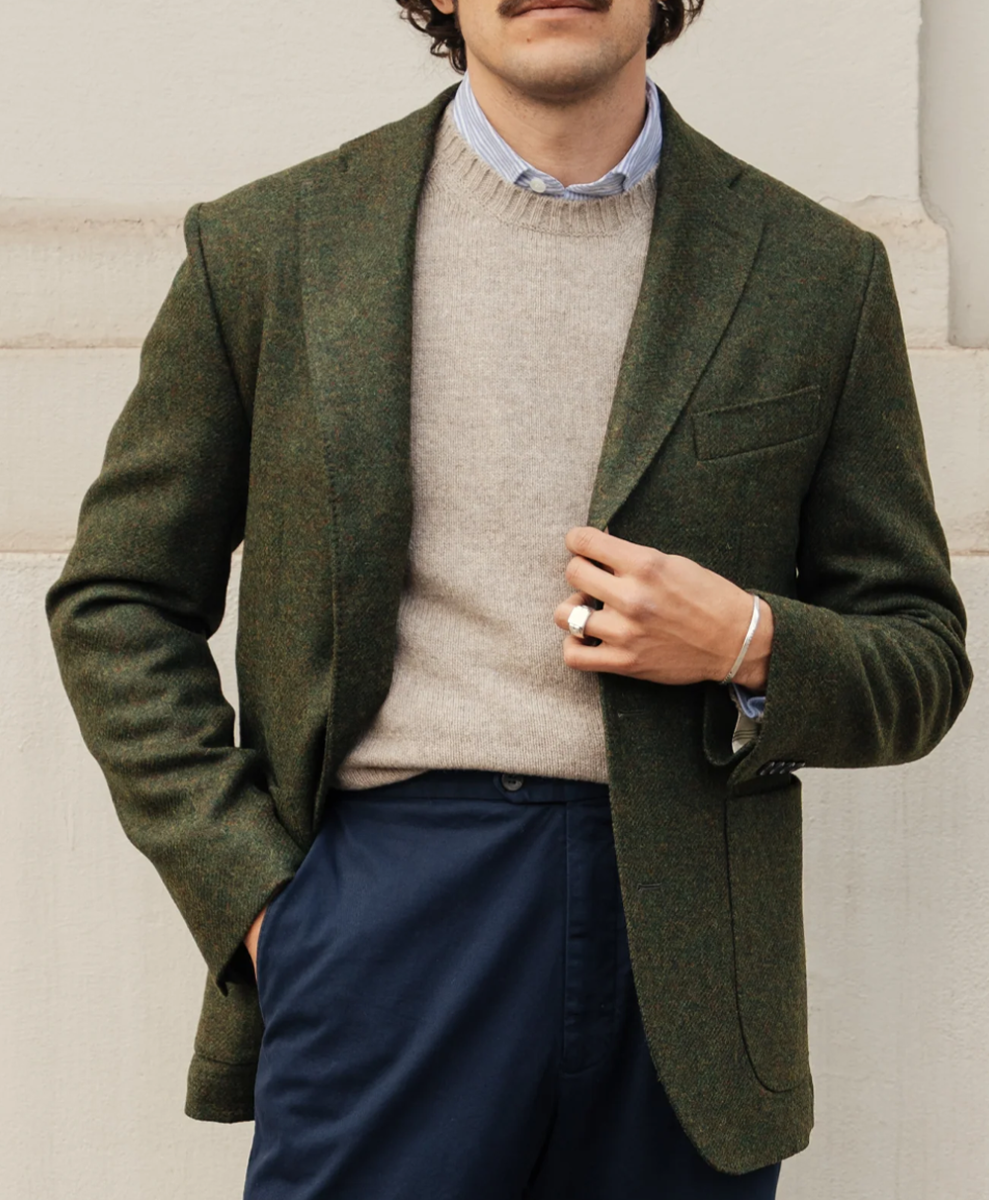
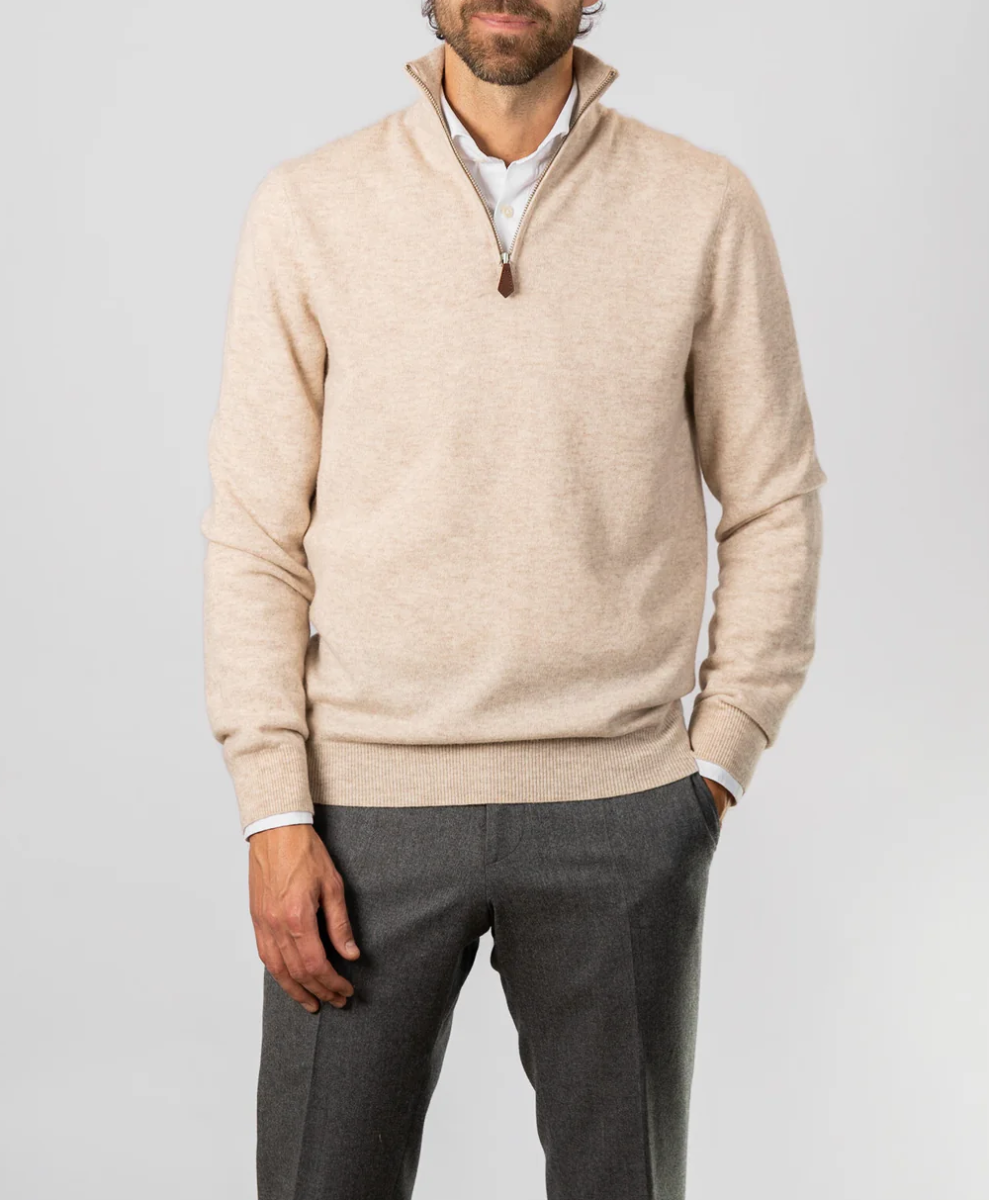
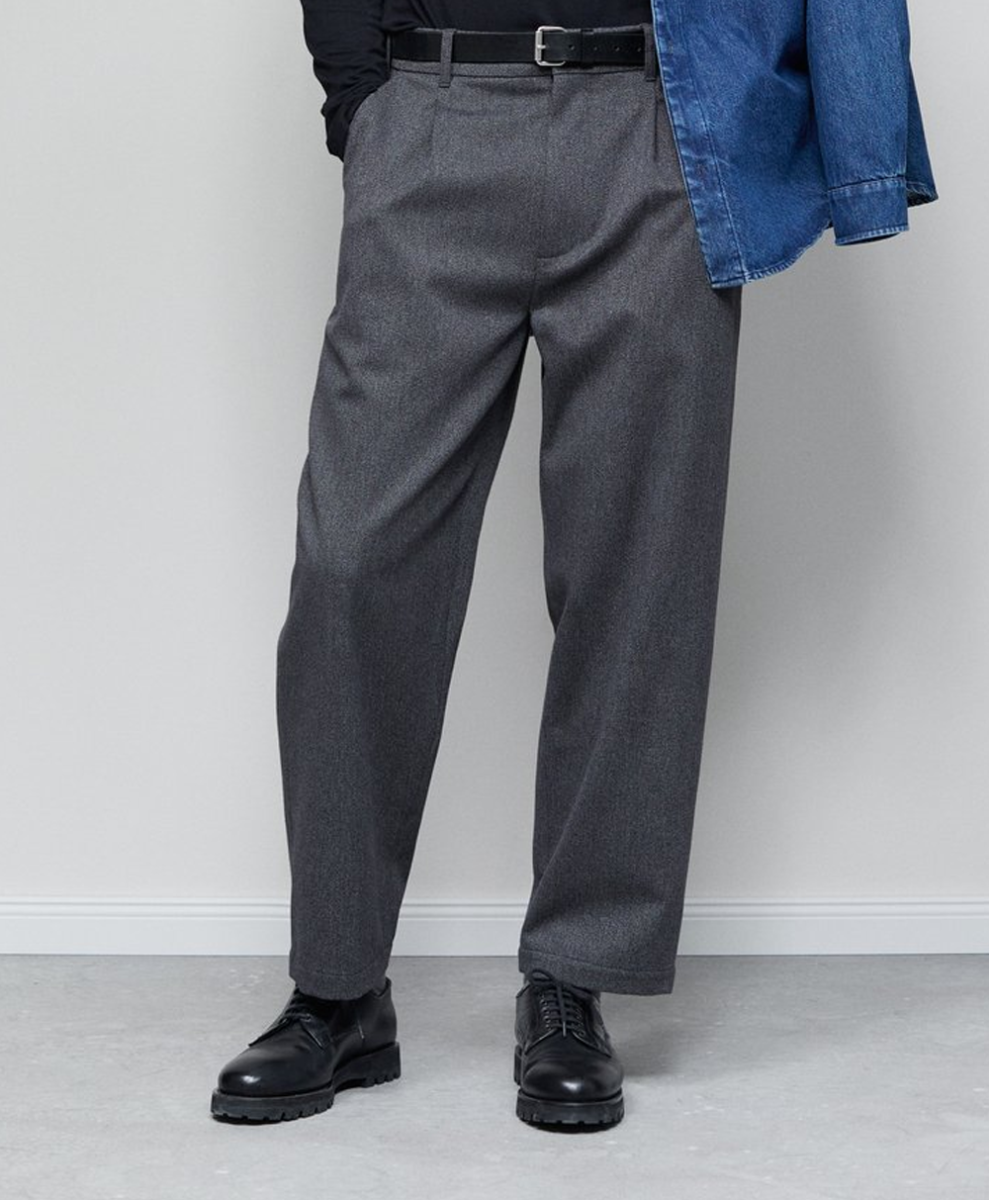
Business casual
Business casual dials up the professionalism without stifling your personality. Here, chinos or sharp dress trousers join forces with collared shirts, V-neck jumpers, or even knitted polos. Feel free to layer with a sport coat or blazer if it strikes the right balance, but leave your ties at home. Leather shoes, from loafers to brogues, are still expected, and your trainers should stay firmly in your weekend rotation.
It’s office-appropriate without feeling stuffy, but don’t mistake this for permission to slack off. No denim, no shorts, and definitely no casual sandals. The goal is to look competent and approachable without veering into full-suit territory.
– Opt for collared shirts, tailored chinos or trousers
– Skip the tie, but consider a blazer if you want to look sharp
– Leather shoes are preferred; trainers are a risky choice
– Keep your colour palette neutral and sophisticated
– Make sure your fit is spot on, but keep it relaxed enough for comfort
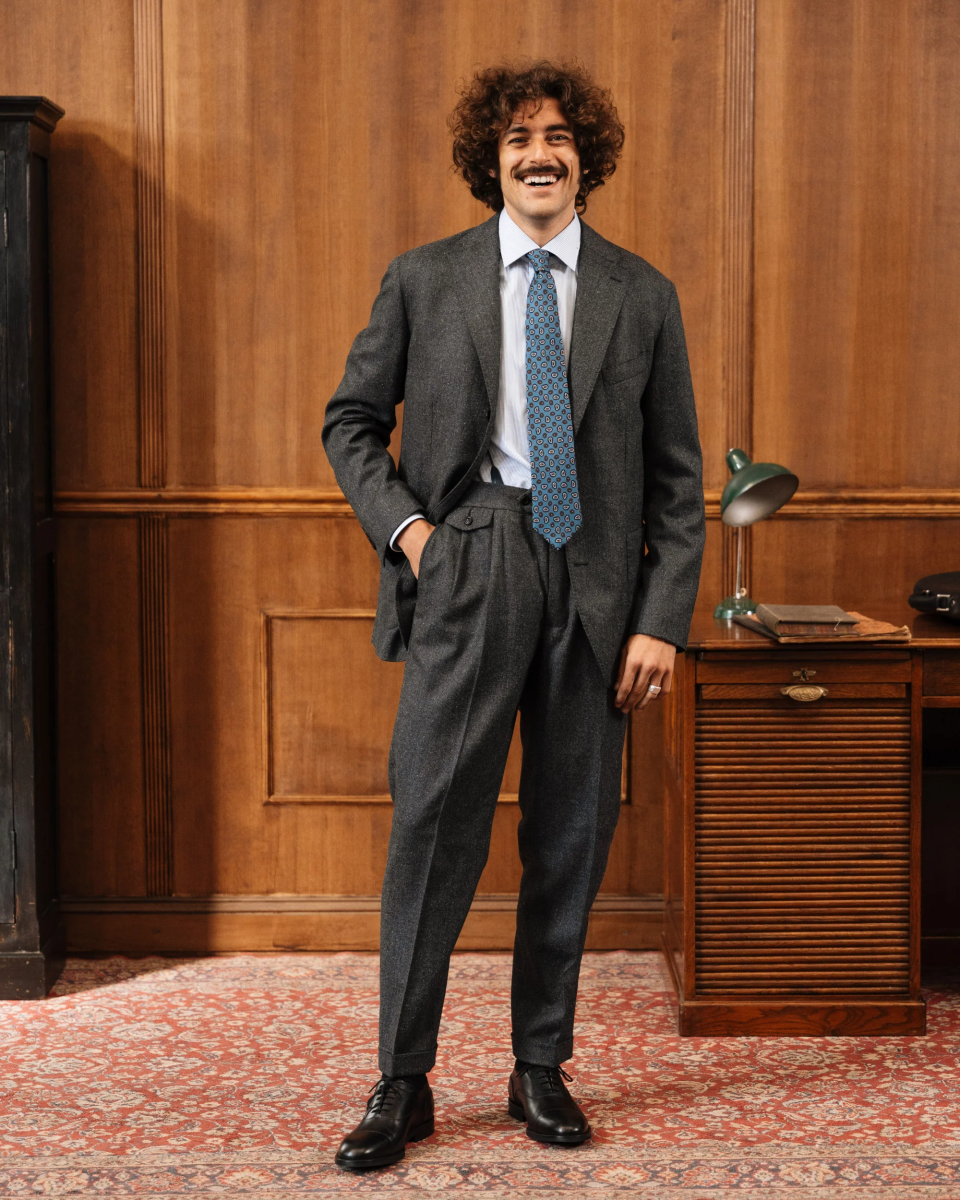
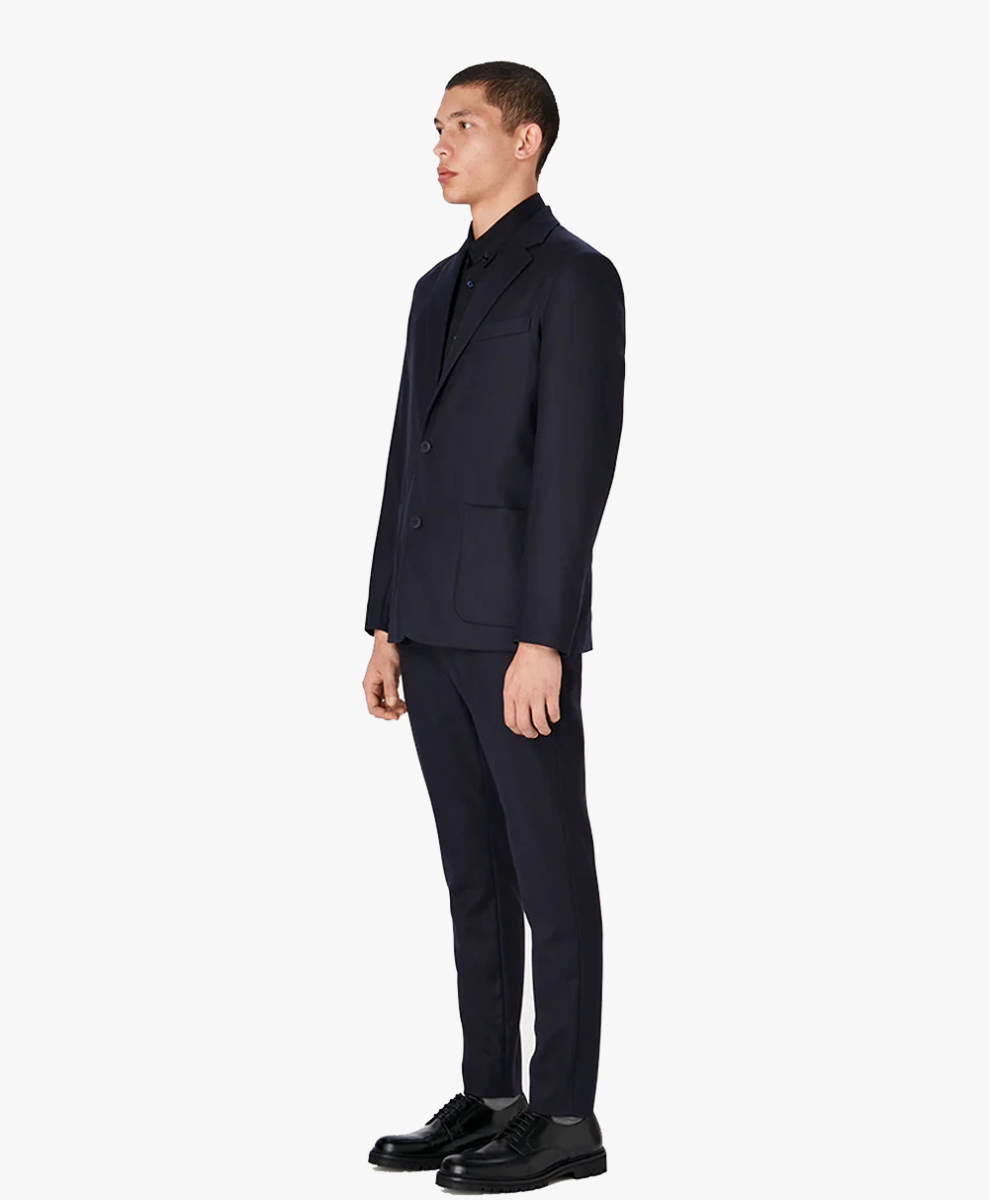

Business formal
Business formal is corporate armour: think full suits, silk ties, and polished Oxford shoes. It’s the uniform of high-stakes meetings and corporate functions. A well-fitted two-piece suit in a conservative colour like navy or charcoal is your foundation. Pair that with a crisp dress shirt and a tie that makes a statement without screaming for attention. Pocket squares are optional, but never a bad idea. Cufflinks? Sure, if you’re feeling fancy.
Just make sure every piece of your ensemble looks like it came from the same cloth, metaphorically speaking. Your shoes should be leather, and your grooming should be as sharp as your lapels.
– Stick to dark suits and neutral dress shirts
– Choose a tie that complements your suit without stealing the show
– Leather dress shoes, always – polished and scuff-free
– Accessories should be subtle: think tie clips or a classic watch
– Keep grooming precise and everything looking crisp
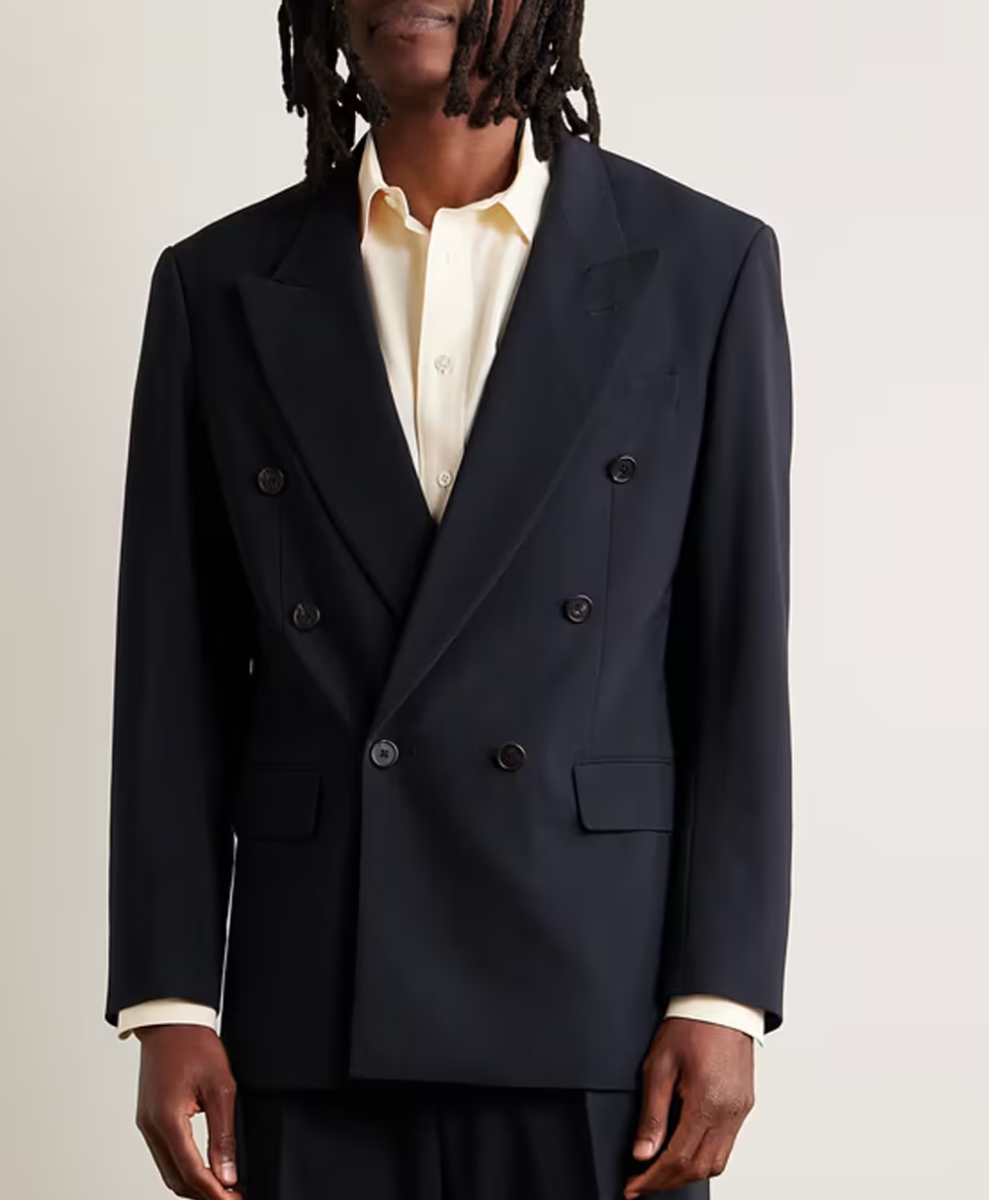
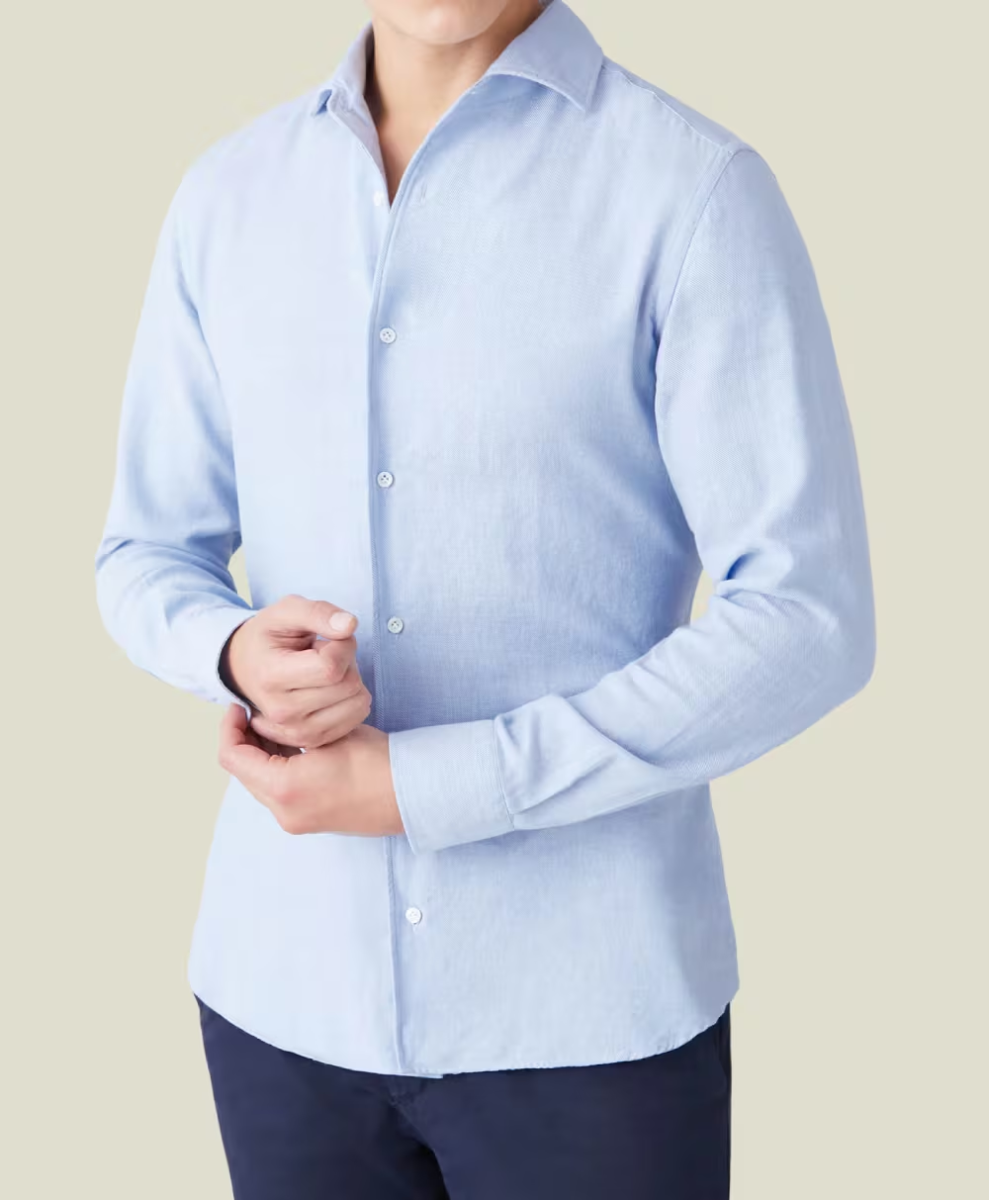
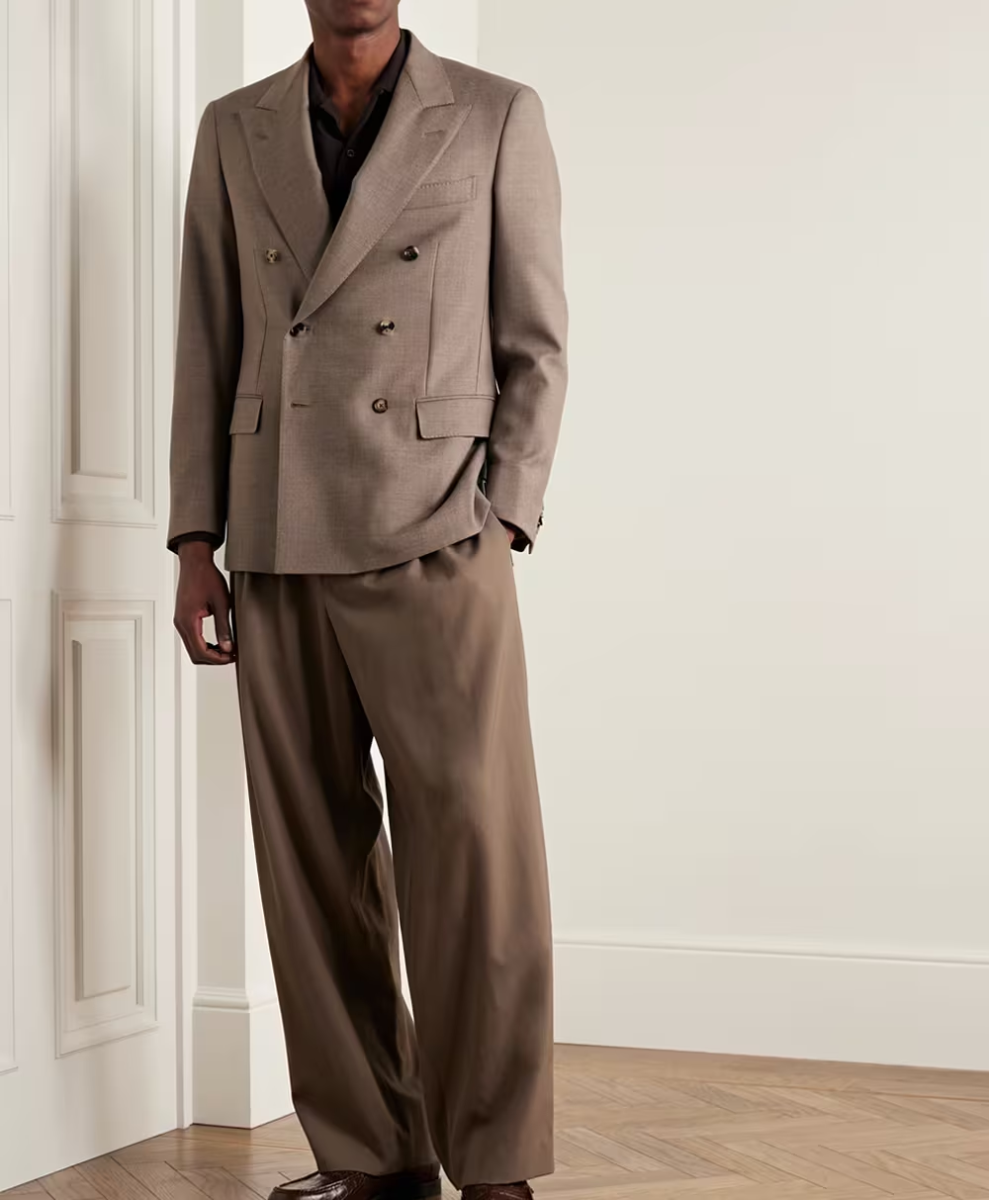
Cocktail attire
Cocktail attire is a playful balance between dressed-up and dressed-to-impress. Off all the men's dress codes, it allows you to be the most flamboyant. It’s not quite black tie, but you’re definitely bringing out the big guns: tailored suits in sharp colours, dress shirts, and polished shoes. A slim tie or a pocket square is your call, but keep it tasteful, nothing too flashy. Dark hues like navy, charcoal, or deep green are ideal, but feel free to experiment with subtle patterns or textures.
Footwear? Leather Oxfords, brogues, or even a pair of sleek loafers if you’re feeling bold. Trainers and casual slip-ons should be nowhere in sight. This is your chance to show off a little personality, but without looking like you’re trying too hard.
– Suits are a must, but you can play around with colours or fabrics
– Dress shoes should be sleek and polished
– Add a tie or pocket square for some flair, but nothing over the top
– Accessories can be fun, but keep them understated
– The fit should be impeccable, so get that tailoring right
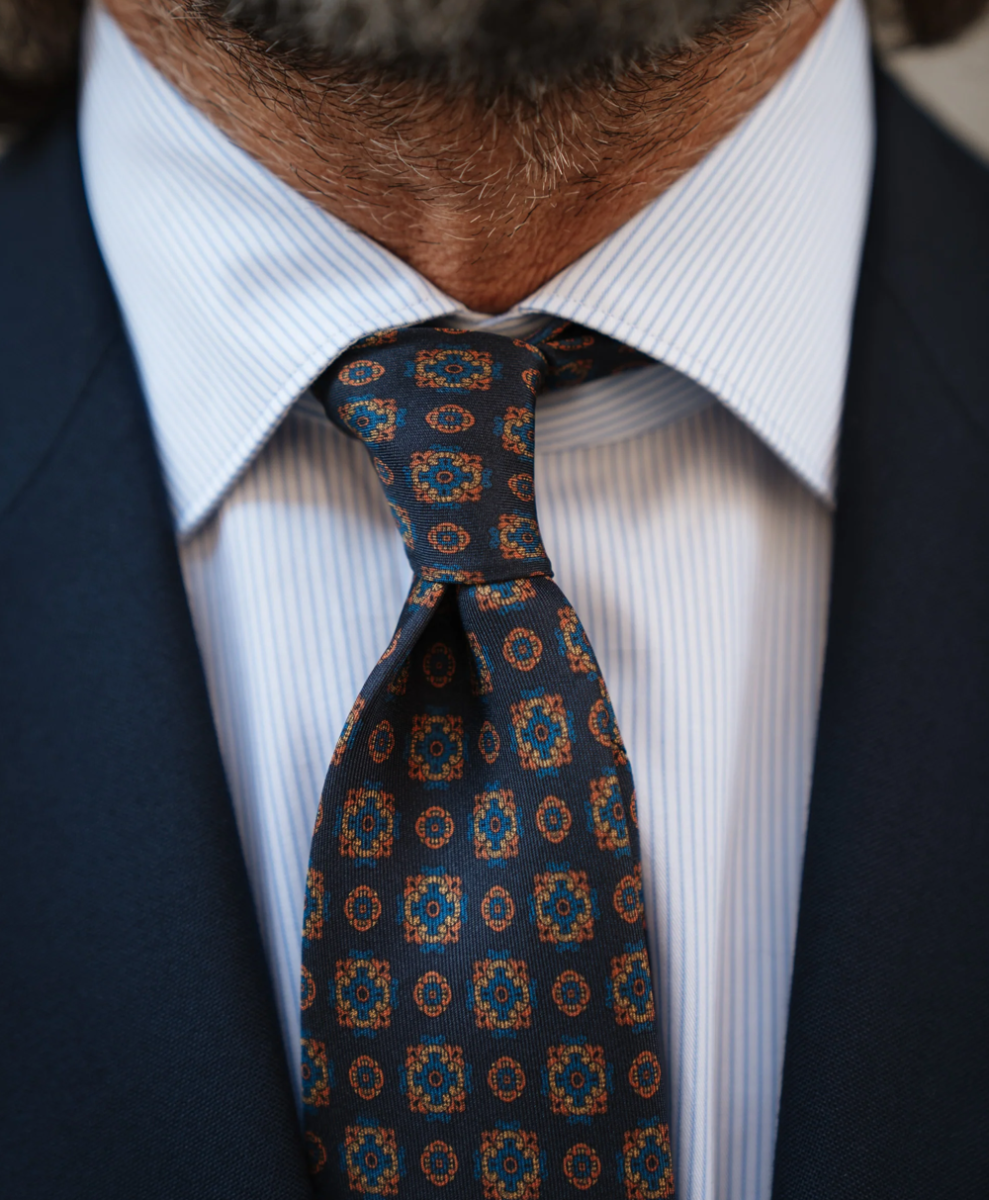
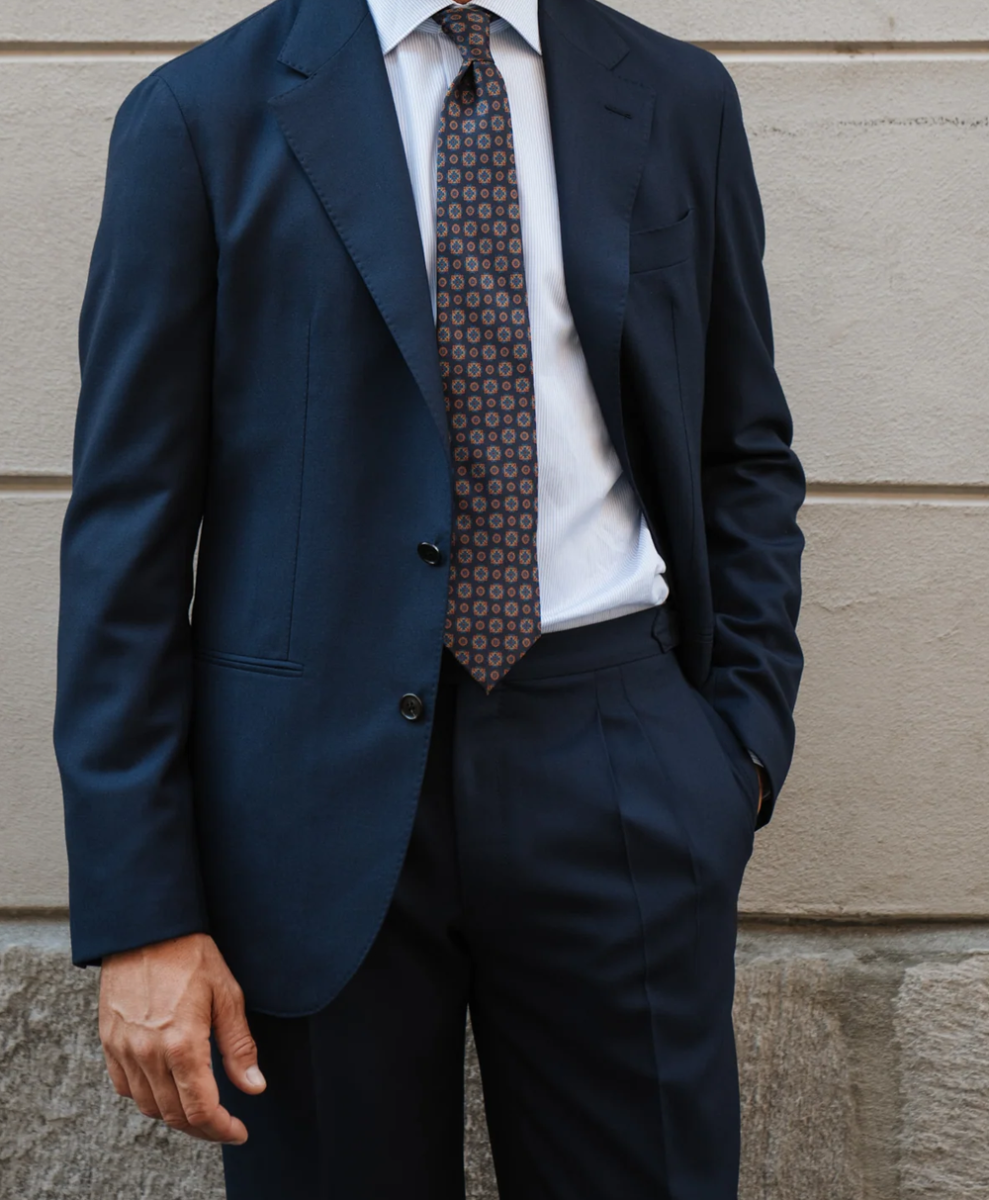
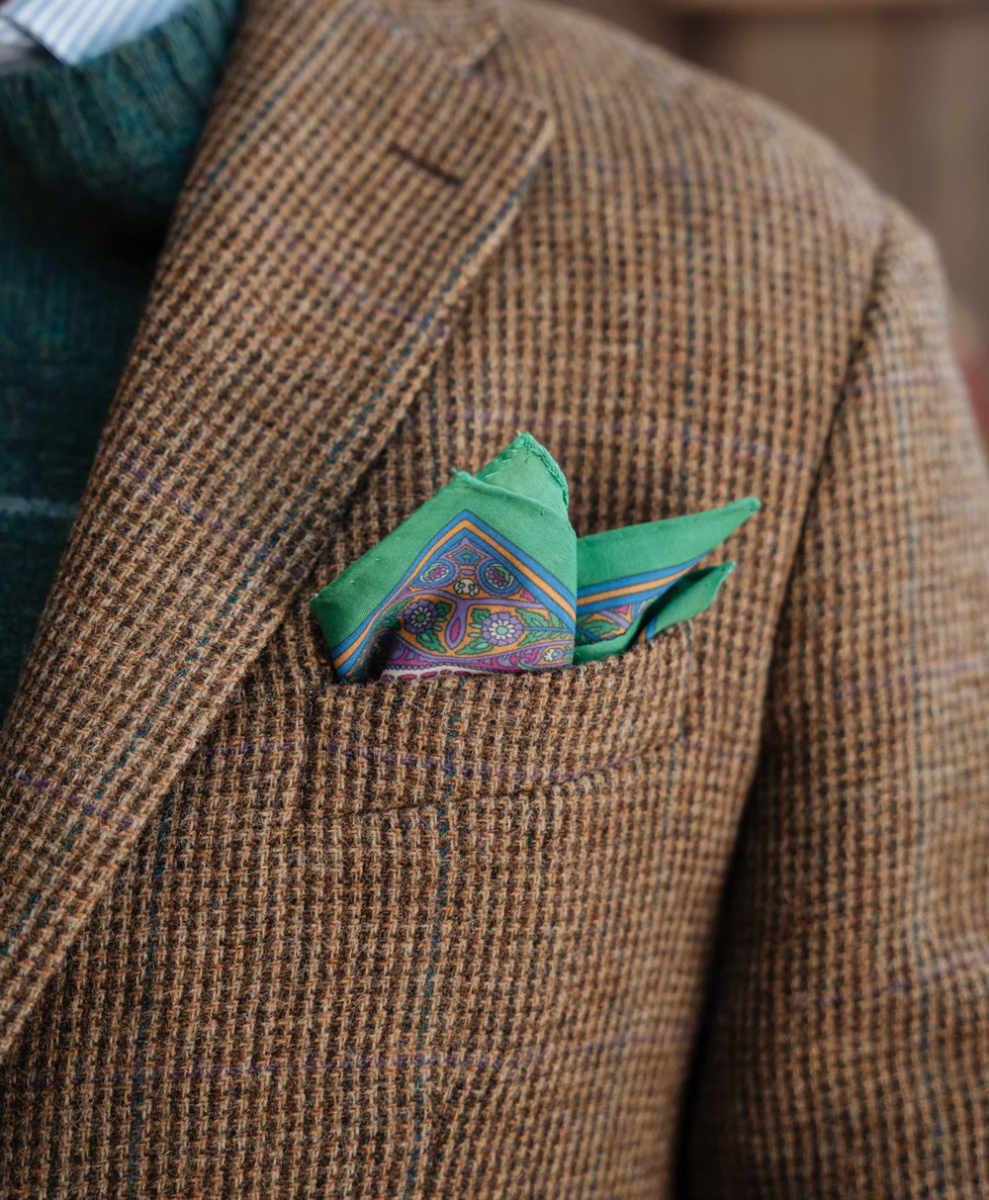
Lounge suits
Lounge suits are a step above your everyday office wear but still leave room for personal style. Think two- or three-piece suits in refined fabrics, paired with a crisp shirt and classic dress shoes. Colours are usually on the darker side, but there’s space for subtle checks or pinstripes if you’re feeling adventurous. A tie is a solid bet, but you can play around with different textures or prints for some extra flair.
Pocket squares, tie clips, and a quality watch all come into play here, giving you the chance to add polish without overdoing it. Shoes should be leather and well cared for, while trainers and anything too casual are an absolute no-go.
– Stick with darker suit colours for a classic feel
– A dress shirt and polished shoes are non-negotiable
– Keep accessories refined but don’t be afraid to add some personality
– Fit matters: your suit should look like it was made for you
– Avoid anything too loud or casual; elegance is the name of the game
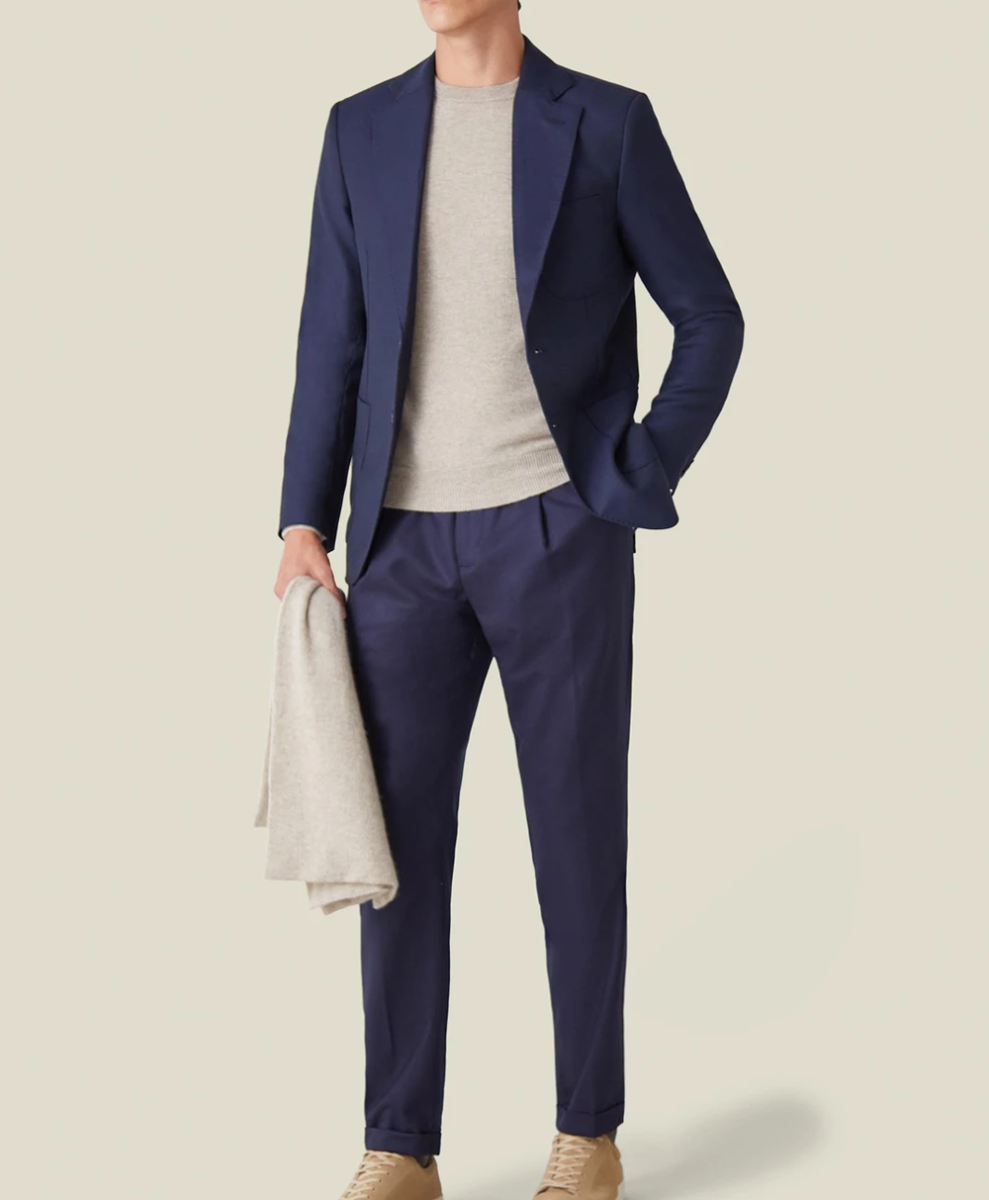

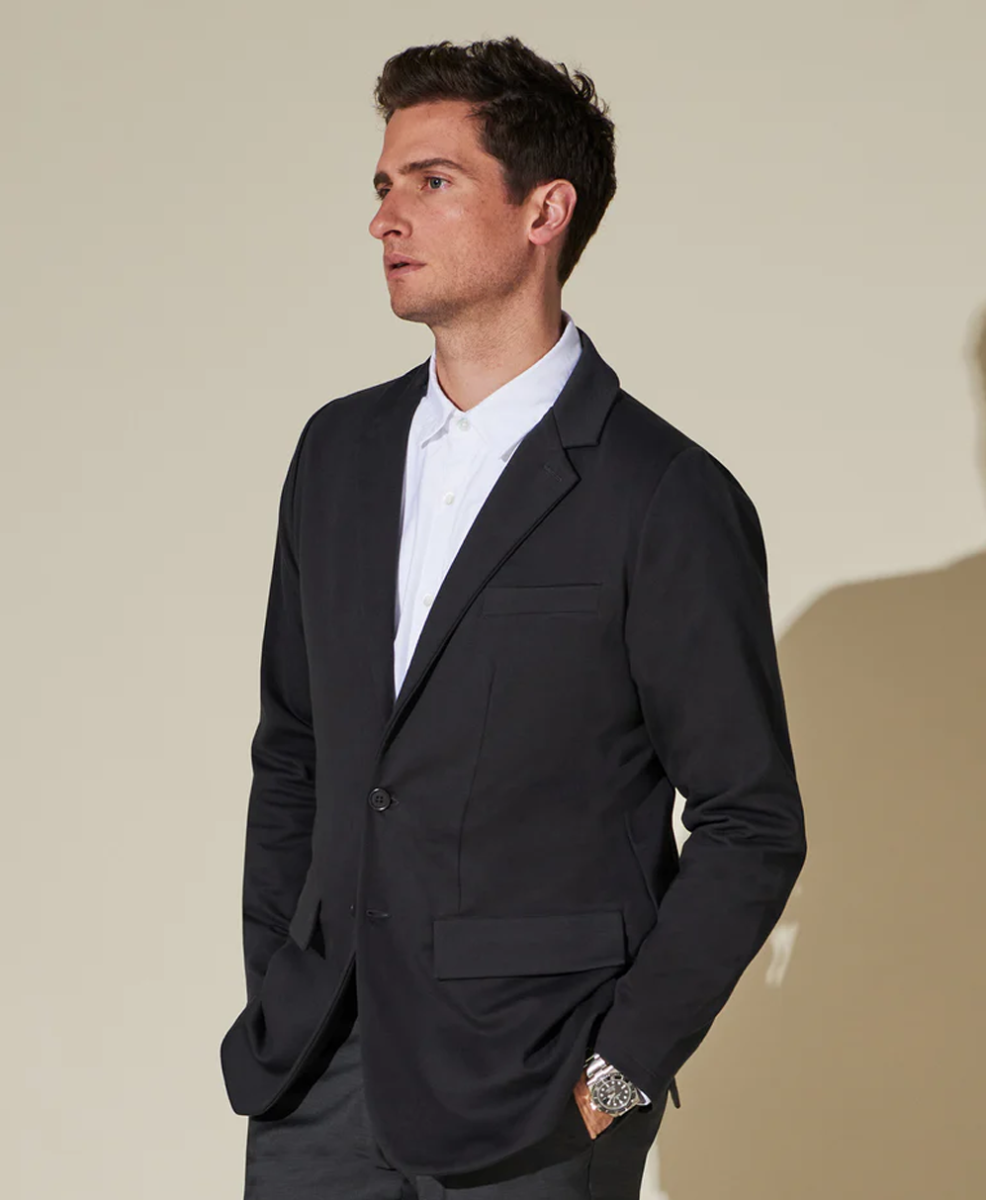
Semi-formal
Semi-formal is the tricky middle ground between cocktail and full formal. Here, you’re reaching for a well-cut suit, a crisp dress shirt, and a tie that doesn’t feel out of place. Darker suits are the standard, but you can branch out into lighter colours if the event allows. Leather dress shoes are still a must, but you can keep them sleek and simple. Think classic black or brown, well-shined and sophisticated.
Feel free to experiment with pocket squares or tasteful cufflinks, but avoid anything too flashy. A semi-formal dress code demands respect for tradition but also invites a touch of contemporary style.
– Dark suits and neutral dress shirts are your safe bet
– A tie is expected, but choose a style that complements your look
– Leather dress shoes, polished and professional, are essential
– Subtle accessories can elevate your outfit without stealing the show
– Make sure your suit is perfectly fitted, and avoid overly casual elements
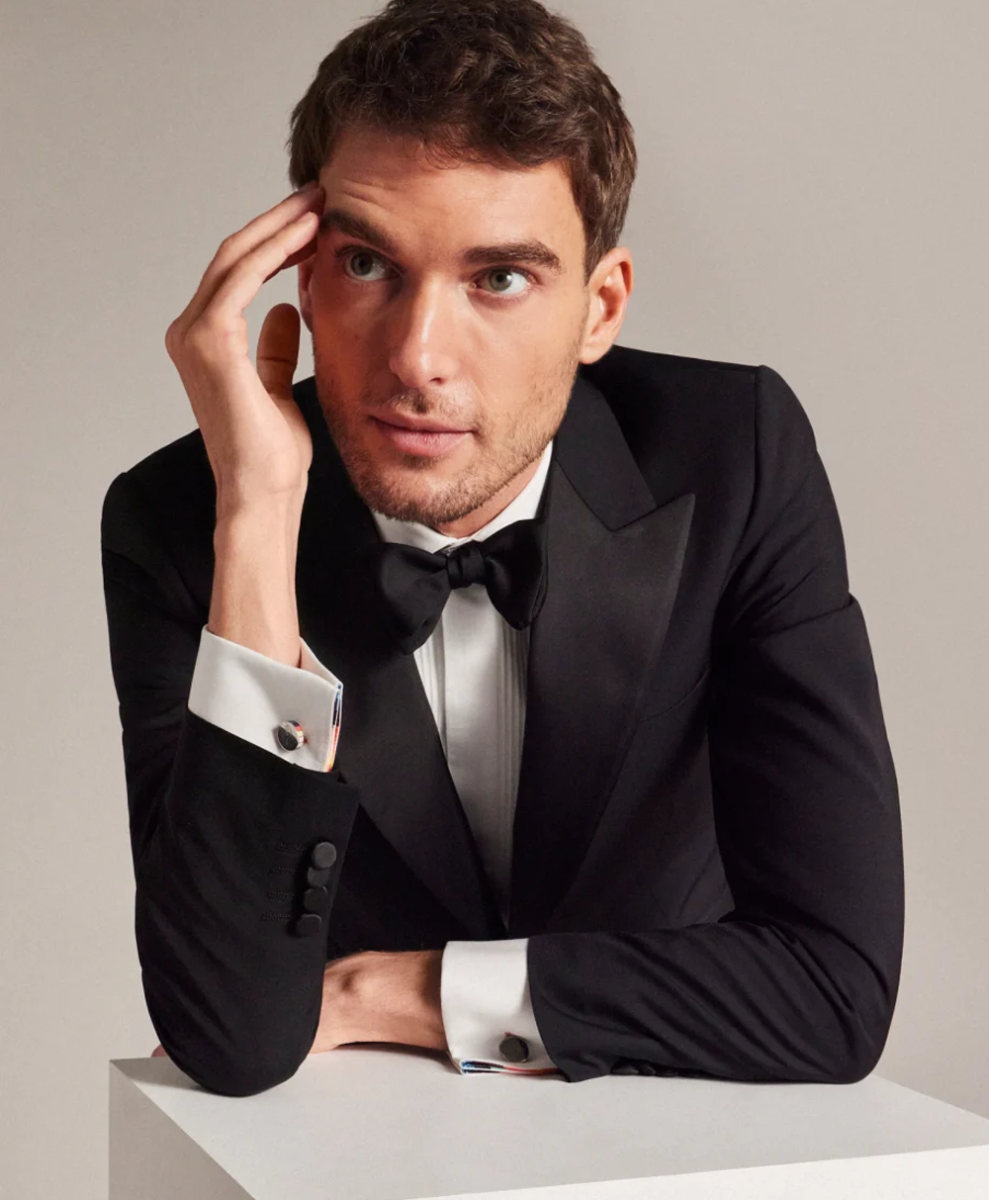
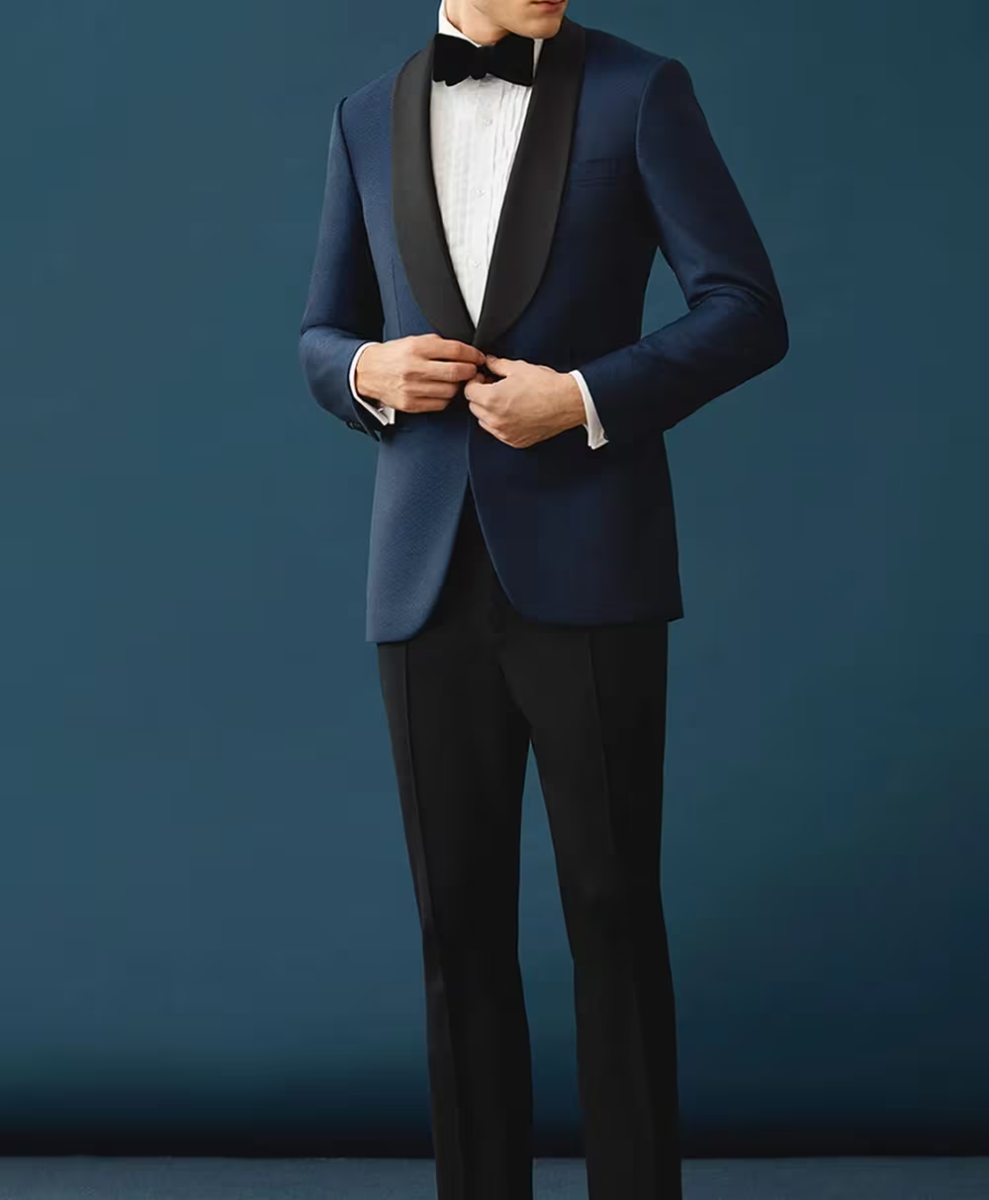
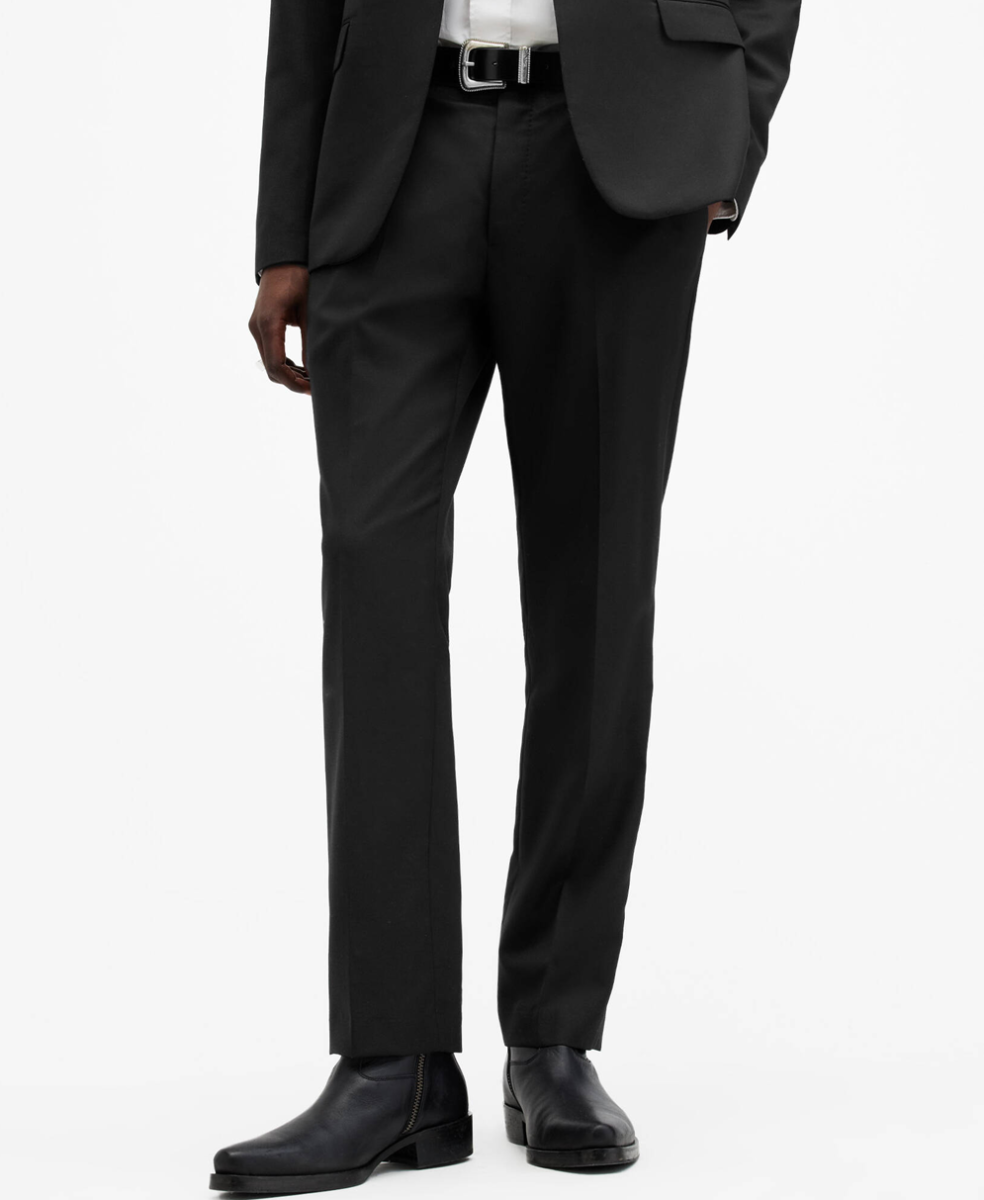
Black tie
Black tie is as formal as it gets (short of white tie, of course), and that means a classic black tuxedo, crisp white dress shirt, and a bow tie. You’re also looking at polished black patent leather shoes and cufflinks that show you mean business. Velvet dinner jackets can be a stylish alternative if the event allows a touch of flair, but otherwise, tradition rules the day.
A cummerbund or waistcoat adds that extra layer of elegance, and don’t even think about skipping the bow tie. Pocket squares should be crisp, and your grooming, from hair to facial hair, needs to be spot on. It’s all about looking like you walked off the pages of a Bond novel.
– Wear a black tuxedo with a white dress shirt and bow tie
– Black patent leather shoes are a must, polished to perfection
– Consider a cummerbund or waistcoat for extra polish
– Accessories should be refined, like classic cufflinks or a silk pocket square
– Keep everything tailored, timeless, and impeccably groomed
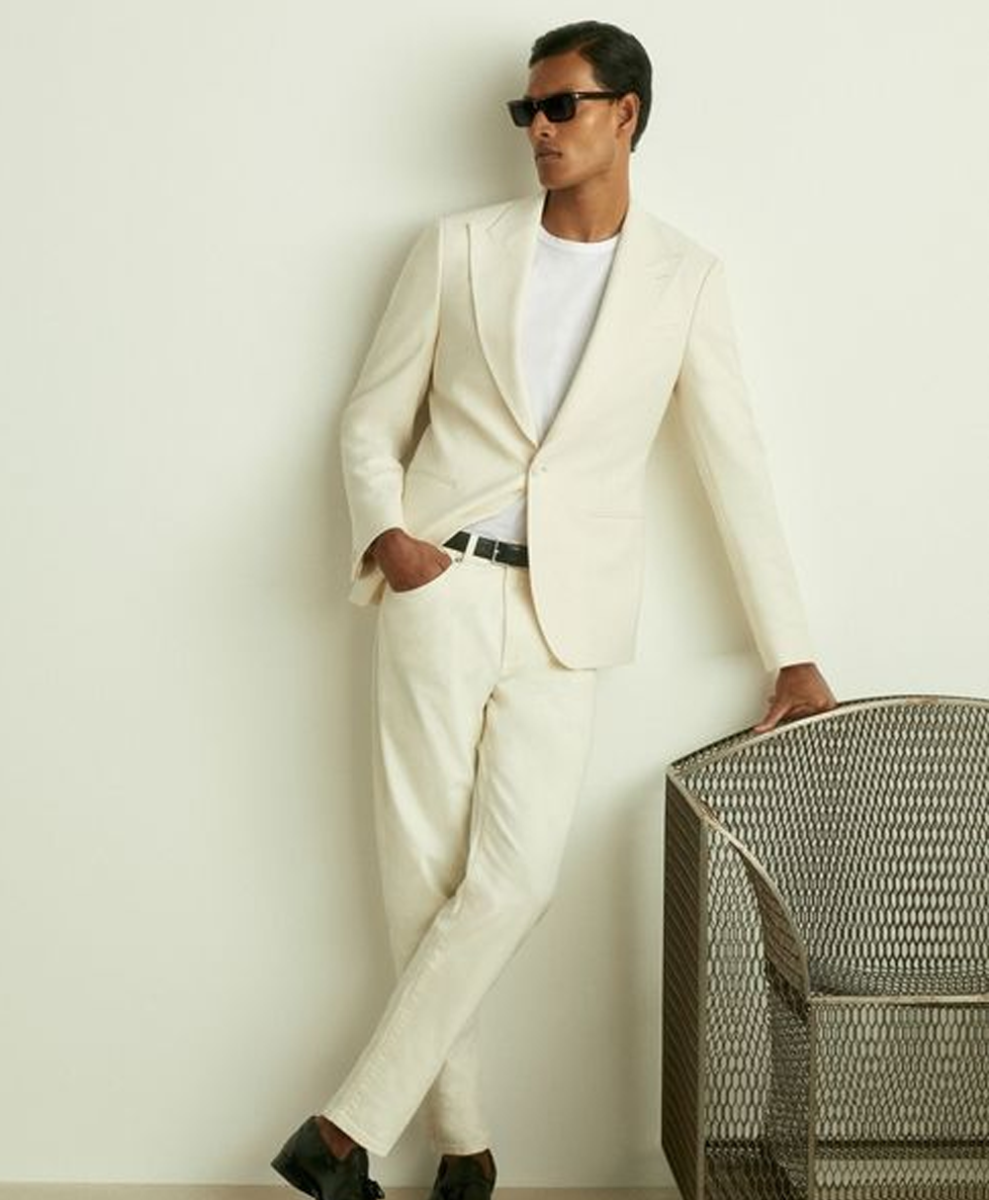

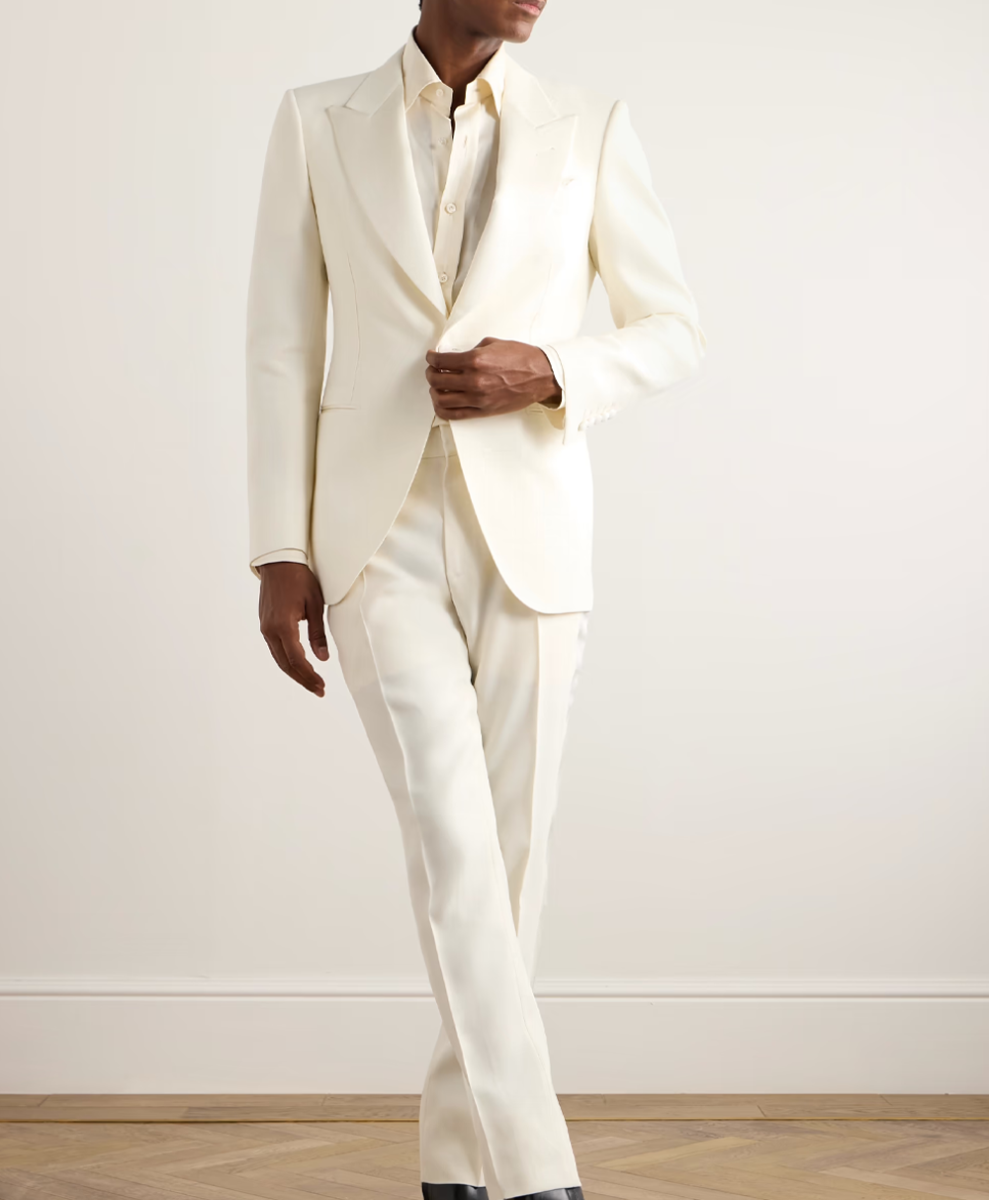
White tie
White tie is the absolute peak of formality, reserved for the grandest occasions. The mother of all men's dress codes. We’re talking a black tailcoat, white waistcoat, starched wing-collar shirt, and a white bow tie. Your trousers should have a satin stripe running down the side, and your shoes? Black patent leather Oxfords, shiny enough to see your reflection. It’s a look that leaves no room for error or casual interpretation.
Accessories are kept to a minimum but must be flawless: white gloves, pocket watches, and even a top hat if the event calls for it. Hair should be perfectly groomed, and everything from your shirt studs to your cufflinks should scream luxury. This is formalwear at its most regal.
– Black tailcoat, white waistcoat, and a crisp white wing-collar shirt
– Satin-striped trousers and black patent leather shoes are essential
– Accessories like white gloves and a top hat can complete the look
– Everything needs to be pristine, from your shirt studs to your cufflinks
– Be prepared to look like a member of high society; no half-measures here
Heading to a wedding? Here's some inspiration to get you on track.



